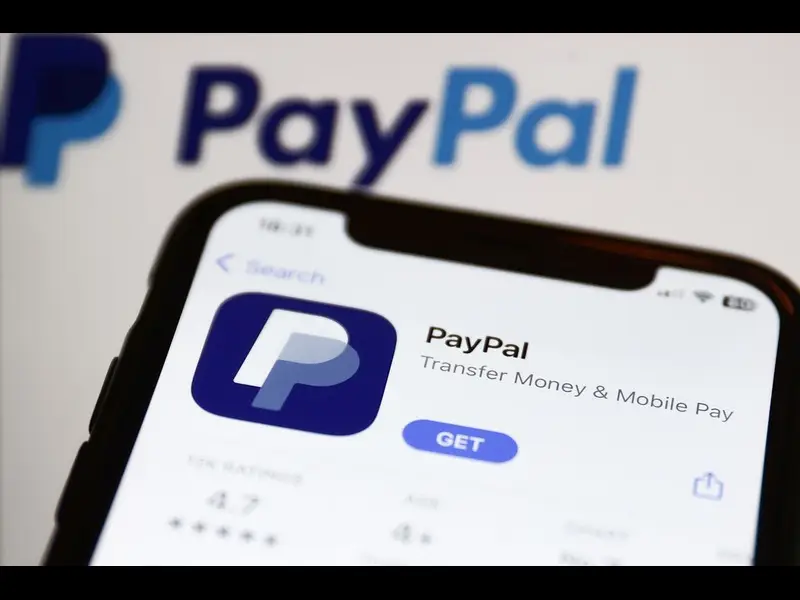PayPal, the American online payments gateway service provider, has finally registered its operations with the Financial Intelligence Unit of India (FIU-IND), in compliance with the Prevention of Money Laundering Act (PMLA) and the Reserve Bank of India’s (RBI) recent regulatory framework governing cross-border payment aggregators (PA-CB) .
This comes after a protracted legal battle between PayPal and the FIU-IND, which had imposed a Rs 96 lakh penalty on the company in December 2020 for not registering as a reporting entity under the PMLA and allegedly frustrating its mandate .
The Delhi High Court had quashed the penalty in July 2023, but had also ruled that PayPal was liable to be viewed as a payments system operator under the PMLA and had to comply with reporting obligations under this law .
PayPal had challenged this judgment in August 2023, claiming that it employed an “arbitrary and impractical” interpretation of “payment system” under the PMLA .
However, in December 2023, PayPal informed the court that it was in the process of registering with the FIU-IND under the PA-CB circular issued by the RBI in October 2023, which is applicable to the PA-CB industry .
The PA-CB circular regulates payment aggregators who facilitate cross-border transactions for import and export of permissible goods and services in online mode .
As per official sources, PayPal has completed the formal procedure of being designated as a reporting entity under the PMLA recently and has submitted the requisite documents to the FIU-IND .
PayPal has also appointed a principal officer, as stipulated under the anti-money laundering law, for conducting official communication with the FIU-IND while the appointment of a director, as envisaged under the same law, is in process, they said .
“PayPal has registered as a reporting entity with the Financial Intelligence Unit-India, in compliance with the Reserve Bank of India’s recent regulatory framework governing cross-border payment aggregators (PA-CB), which is applicable to the PA-CB industry,” a PayPal spokesperson said in response to a query .
The FIU-IND is a national agency responsible for receiving, processing, analysing and disseminating information relating to suspect financial transactions in Indian economic channels to various enforcement agencies and foreign FIUs .
The legal tussle between PayPal and the FIU-IND began in March 2018 when the latter asked the company to register as a reporting entity for keeping “record” of all transactions, reporting suspicious transactions and cross-border wire transfers to the FIU-IND and for identifying beneficiaries of these funds .
The FIU-IND had alleged that PayPal was “non-cooperative” and “defied” its process in India, while its parent company in the US reported suspicious transactions to its American counterpart and also to similar agencies in Australia and the UK .
This registration marks a significant development for PayPal’s operations in India, as it will enable it to comply with the anti-money laundering law and avoid further legal complications.
Recent Blog : Tech Mahindra 100% Acquisition of Orchid Cybertech for $3.27M
